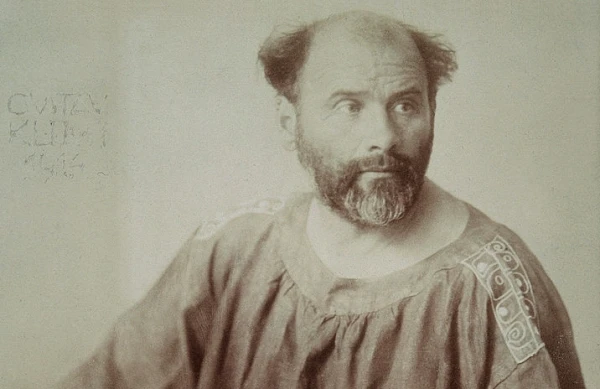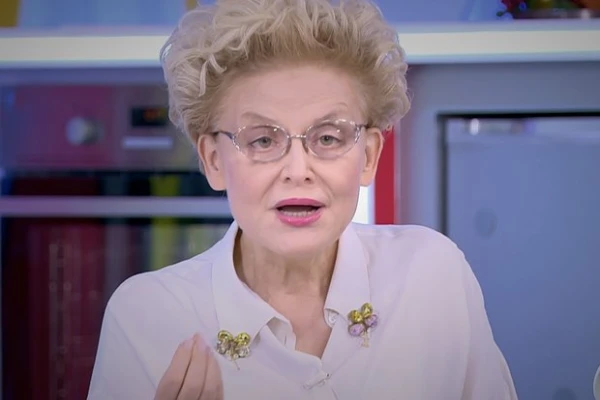
The sale amount exceeded the estimate by more than 86 million euros.
Klimt's painting "Portrait of Elisabeth Lederer" was sold at Sotheby’s auction for $236.4 million. It became the most expensive painting ever sold at Sotheby’s, reports The Wall Street Journal.
At least six auction participants competed for the painting, with one joining the bidding only after the price reached $171 million. Auction organizers had expected the painting to sell for no more than $150 million. It now belongs to the category of "art trophies sold for over $100 million." It surpassed the prices of works by Amedeo Modigliani, Andy Warhol, Francis Bacon, and Pablo Picasso. The previous record for a Klimt work was $108.8 million, set in 2023 with the sale of the painting "Lady with a Fan."
Leonard Lauder, who grew up during the Great Depression, passed away in June at the age of 92, leaving behind some of the most valuable artworks in the world. Among the 55 works auctioned, the record-breaking painting stands out: "Portrait of Elisabeth Lederer" in full length, with an estimated value exceeding $150 million.
This portrait is historically significant not only due to the high price paid for it but also because of its rarity. Only two full-length Klimt portraits remain in private hands. One is in a private collection and may never appear on the market; the other is this one. Painted between 1914 and 1916, the portrait depicts Lederer in imperial Chinese attire, surrounded by Asian motifs and patterns. "He elevates her to an almost mythical level," said Lisa Dennison, Executive Vice President and Chairman of Sotheby’s in America. "The sensuality of her face and the richness of her attire are regal, elevated, and deeply modern."
In Russia, interest in the work of Gustav Klimt only intensified at the turn of the 20th to 21st centuries with the growing attention to the aestheticism of his time, when the first translations of foreign Klimt scholars' works appeared. In the USSR, the leader of Austrian modernism, like Austrian art in general, was not represented in major museum collections and was not familiar enough to the public to become a cultural myth or appear in reproductions. In Volume VI of the "General History of Art," published in the USSR in 1965, Gustav Klimt is characterized as a typical representative of decadent art, striving to oppose the "rough life" with the exquisite "decorations of his fancies." His paintings and portraits are described as "ethereal," mannered, and devoid of substance, while his painting is characterized as having a "deliberately flat patterned nature" and "reducing to color spots of whimsical shapes, fragmented into mosaic-like color strokes." Among the artist's works mentioned are stylized and not devoid of "sometimes cloying eroticism" decorative panels for the Burgtheater and the Art History Museum, the portrait of Adele Bloch-Bauer, and "Three Ages."













